Chocolate Boneset
Eupatorium rugosum 'Chocolate'
Height: 12 inches
Spacing: 10 inches
Sunlight:
![]()
![]()
Hardiness Zone: 3
Other Names: White Snakeroot; Joe Pye Weed
Description:
Lovely herbaceous perennial with lovely large blooms are very attractive to butterflies. Violet-purple flowers in mid summer to autumn. Lance shaped, toothed, green leaves on cane-like, dark burgundy stems.
Ornamental Features
Chocolate Boneset has masses of beautiful plumes of lightly-scented white flowers at the ends of the stems from late summer to mid fall, which are most effective when planted in groupings. The flowers are excellent for cutting. Its attractive large serrated lobed leaves remain purple in color with curious forest green undersides throughout the season. The burgundy stems are very colorful and add to the overall interest of the plant.
Landscape Attributes
Chocolate Boneset is an herbaceous perennial with an upright spreading habit of growth. Its wonderfully bold, coarse texture can be very effective in a balanced garden composition.
This plant will require occasional maintenance and upkeep, and is best cleaned up in early spring before it resumes active growth for the season. It is a good choice for attracting butterflies to your yard, but is not particularly attractive to deer who tend to leave it alone in favor of tastier treats. It has no significant negative characteristics.
Chocolate Boneset is recommended for the following landscape applications;
- Mass Planting
- General Garden Use
Planting & Growing
Chocolate Boneset will grow to be about 12 inches tall at maturity, with a spread of 12 inches. When grown in masses or used as a bedding plant, individual plants should be spaced approximately 10 inches apart. It grows at a medium rate, and under ideal conditions can be expected to live for approximately 10 years. As an herbaceous perennial, this plant will usually die back to the crown each winter, and will regrow from the base each spring. Be careful not to disturb the crown in late winter when it may not be readily seen!
This plant does best in full sun to partial shade. It is quite adaptable, prefering to grow in average to wet conditions, and will even tolerate some standing water. It may require supplemental watering during periods of drought or extended heat. It is not particular as to soil type or pH. It is somewhat tolerant of urban pollution. Consider applying a thick mulch around the root zone in both summer and winter to conserve soil moisture and protect it in exposed locations or colder microclimates. This is a selection of a native North American species. It can be propagated by division; however, as a cultivated variety, be aware that it may be subject to certain restrictions or prohibitions on propagation.


